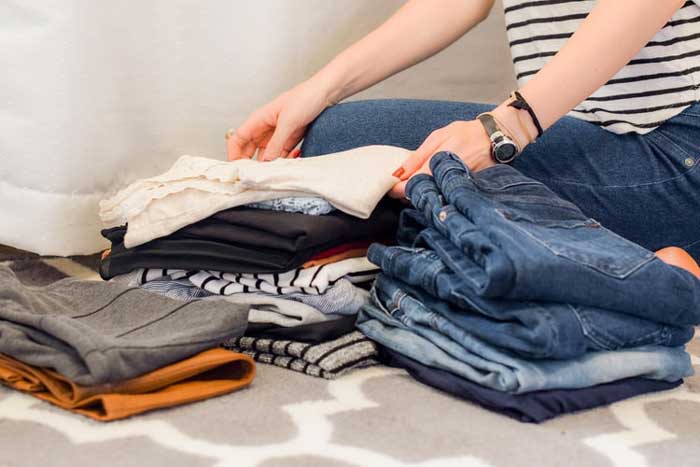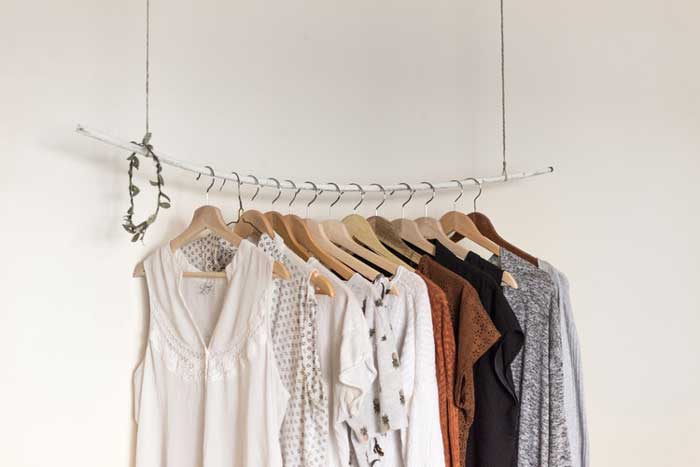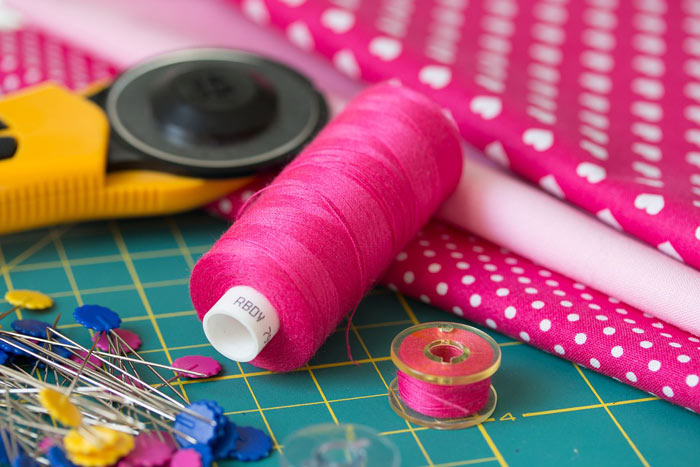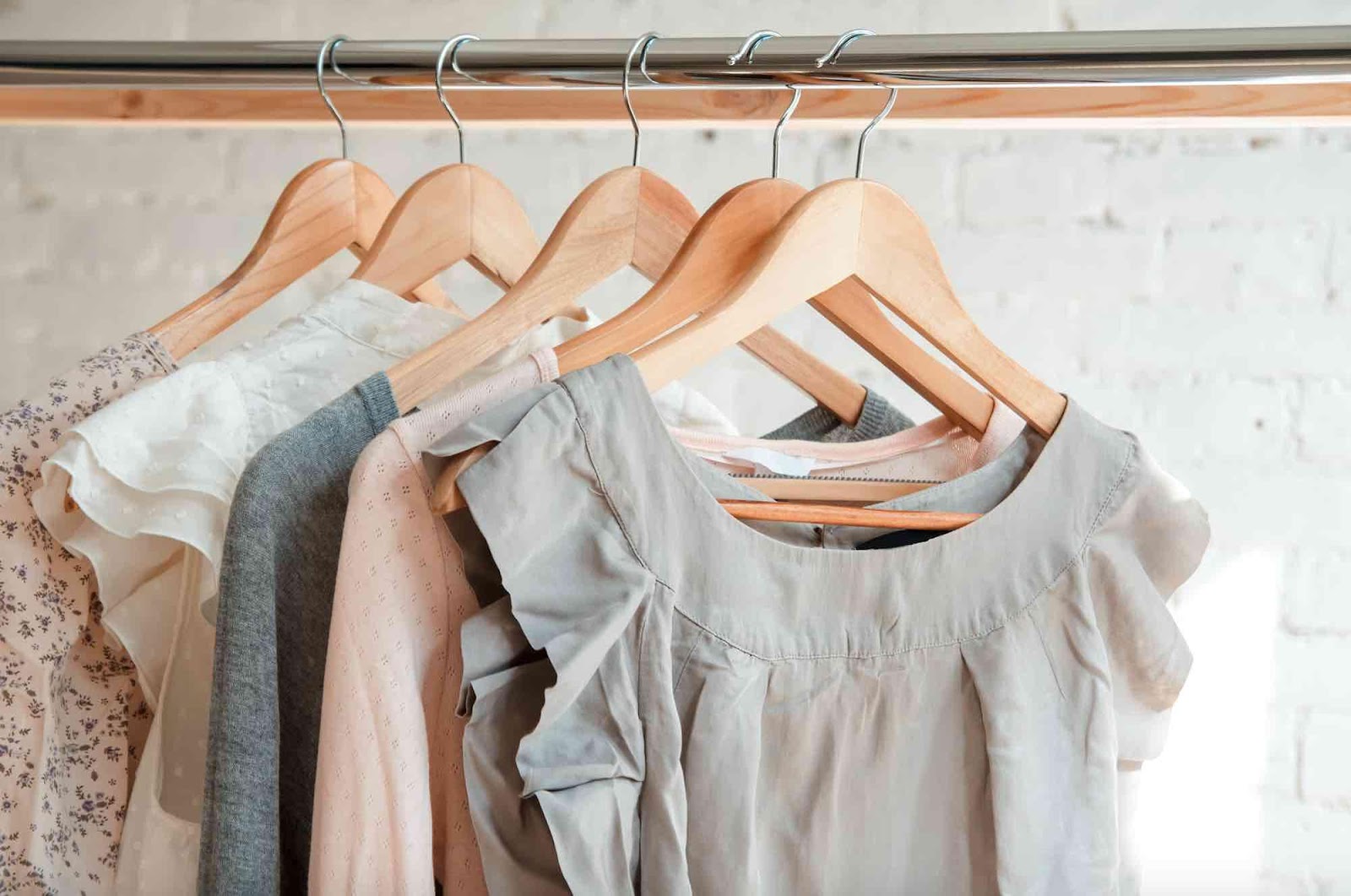Cleaning helps not only to clear the space, but also to understand what things we really need and which ones we can say goodbye to. These questions will help you choose what to give away for processing or donation and what to leave.
Question 1: Does this thing bring joy?
It is from this question that the Japanese cleaning guru Marie Kondo advises to start selecting. If a pleasant experience is connected with a thing and it kindles joy in you, it means that the thing needs to be saved. And it doesn’t matter, for example, how old it is and how it looks. For example: you may not be wearing a sweater knitted by your grandmother often, but no other thing can replace the warm memories connected with this item.
Question 2: Does this thing personify how I want to look?
Asking yourself this question, it is also needed to try on the thing and evaluate yourself in it impartially. Suppose you want to be always comfortable: do you really need this blouse that compromises your movements? Or do you want to develop the classic style of clothing? Then why do you need these T-shirts with cartoon prints? And do they reflect your vision of your own style? If the answer is no, then it’s time to say goodbye to these things.

Question 3: is this thing compatible with my other things?
It happens that you buy a thing for yourself, but you don’t know what to wear with it. This first purchase pulls a string of other unplanned and completely unnecessary purchases – only to have something to combine the first thing with.
If you do not want this thing to control you, look at how many existing wardrobe items this thing is combined with. If there are no such decisions in the wardrobe, it is better to decide on the fate of the thing: maybe it will be more suitable for your sister or girlfriend?
There is an alternative option: put the item in a box under the working name “needs more thinking” in order to return to it during the next seasonal cleaning in six months.
Many people prefer to wear at home something that they are not ready to get rid of (but we are categorically against it: it is better to please yourself with a new suit or dress for home wear).

Question 4: what is this thing made of?
The main thing that you need to pay attention to when deciding the fate of a clothing item is its composition. If the garment is not just hanging unnecessarily, but is made of synthetic materials, get rid of it without regret (of course, only if it does not bring you joy). If the clothing item is made from natural materials or with a minimal admixture of synthetics – give it one more chance: let this be the first step on the way to a smart wardrobe which seems to be telling you “fewer clothes, better clothes”.

Question 5: can I repair this thing?
We are going through the stage of informed consumption, so before throwing away a spoiled thing that causes pleasant memories, you need to try to fix it: collect your strength and remove a difficult spot on the shirt, fix your knitwear, alter the jacket buttons, take away the shabby but beloved coat to the studio to give it another chance.
You can also experiment with old Japanese techniques: for example, dye old things using the shibori principle (one of the methods is taiday, which became popular back in the 1960s) or patch denim with small stitches using the sashiko method.











